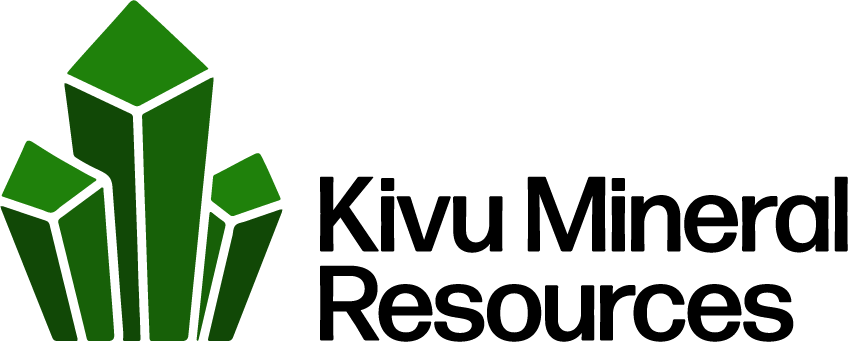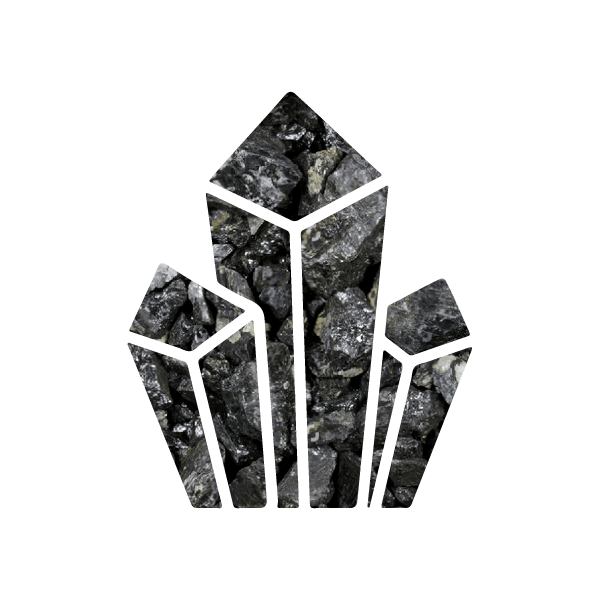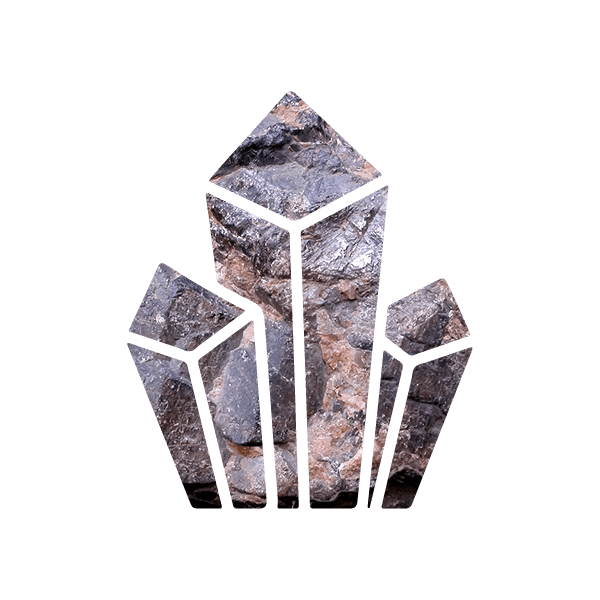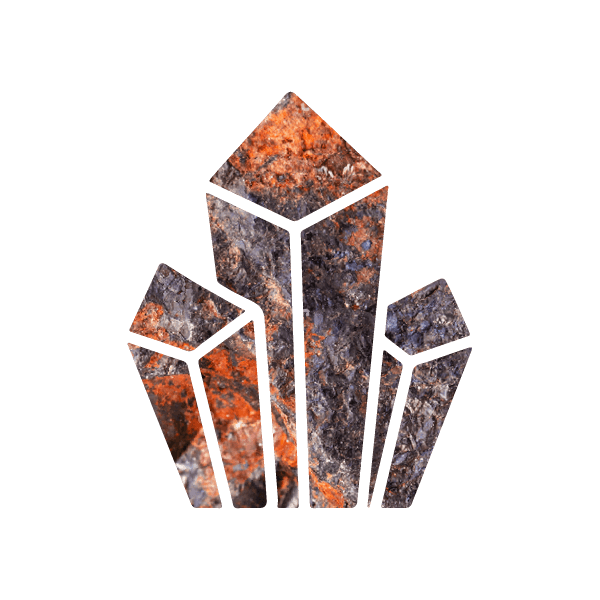Tungsten of wolfram is a chemical element with the symbol W and atomic number 74. Tungsten is a rare metal found naturally on Earth almost exclusively combined with other elements in chemical compounds rather than alone. Its important ores include wolframite and scheelite. Tungstens many alloys have numerous applications, including incandescent light bulb filaments, X-ray tubes, electrodes in gas tungsten arc welding, superalloys and radiation shielding. Tungstens hardness and high density give it military applications in penetrating projectiles. Tungsten compounds are also often used as industrial catalysts.
Production
The worlds‘ reserves of tungsten are 3.200.000 tons; they are mostly located in China (1.800.000t), Canada (290.000t), Russia (160.000t), Vietnam (95.000t) and Bolivia. As of 2007, China, Vietnam and Russia are the leading suppliers with 79.000, 7.200 and 3.100 tons respectively.
Tungsten is considered to be a conflict minderal due to the unethical mining practices observed in the Democratic Republic of Congo




